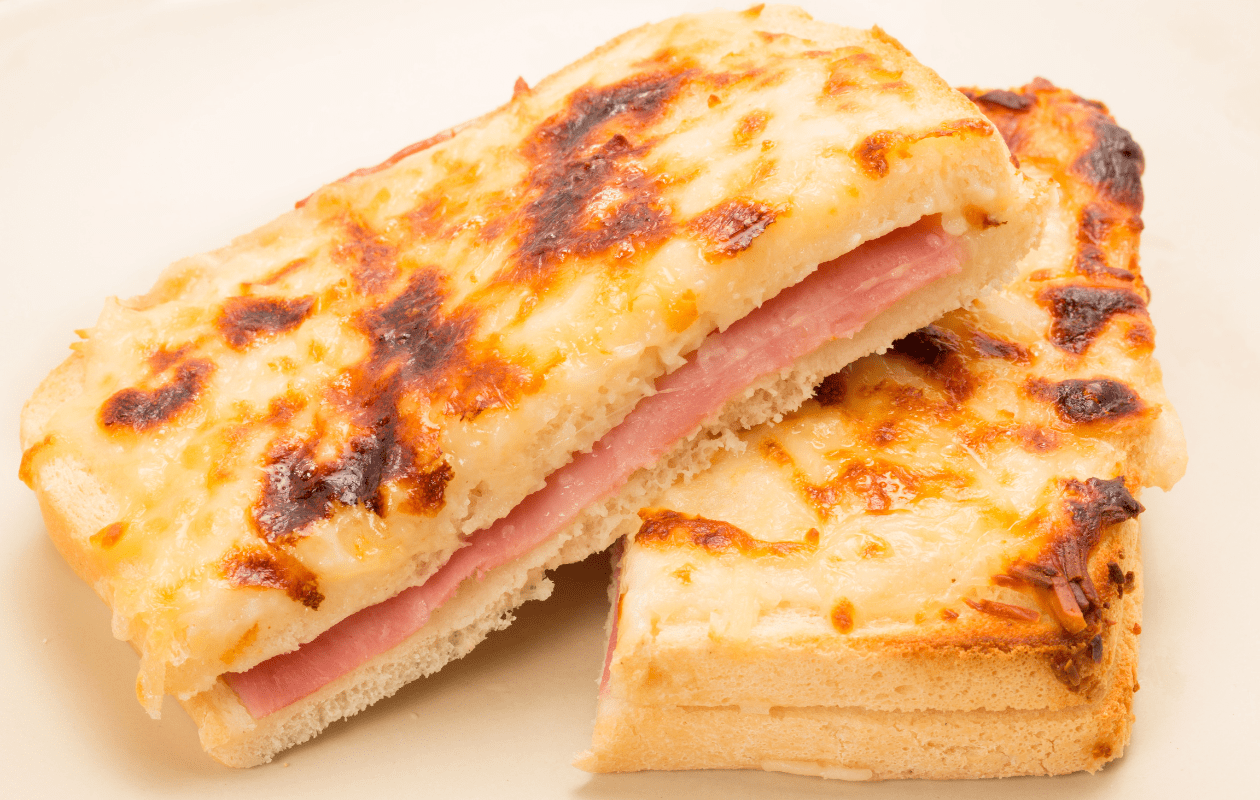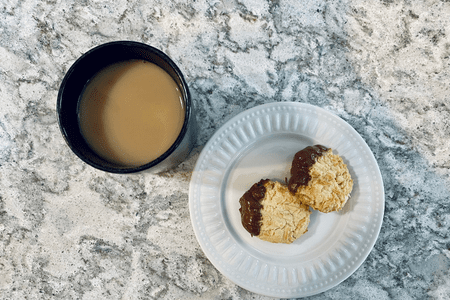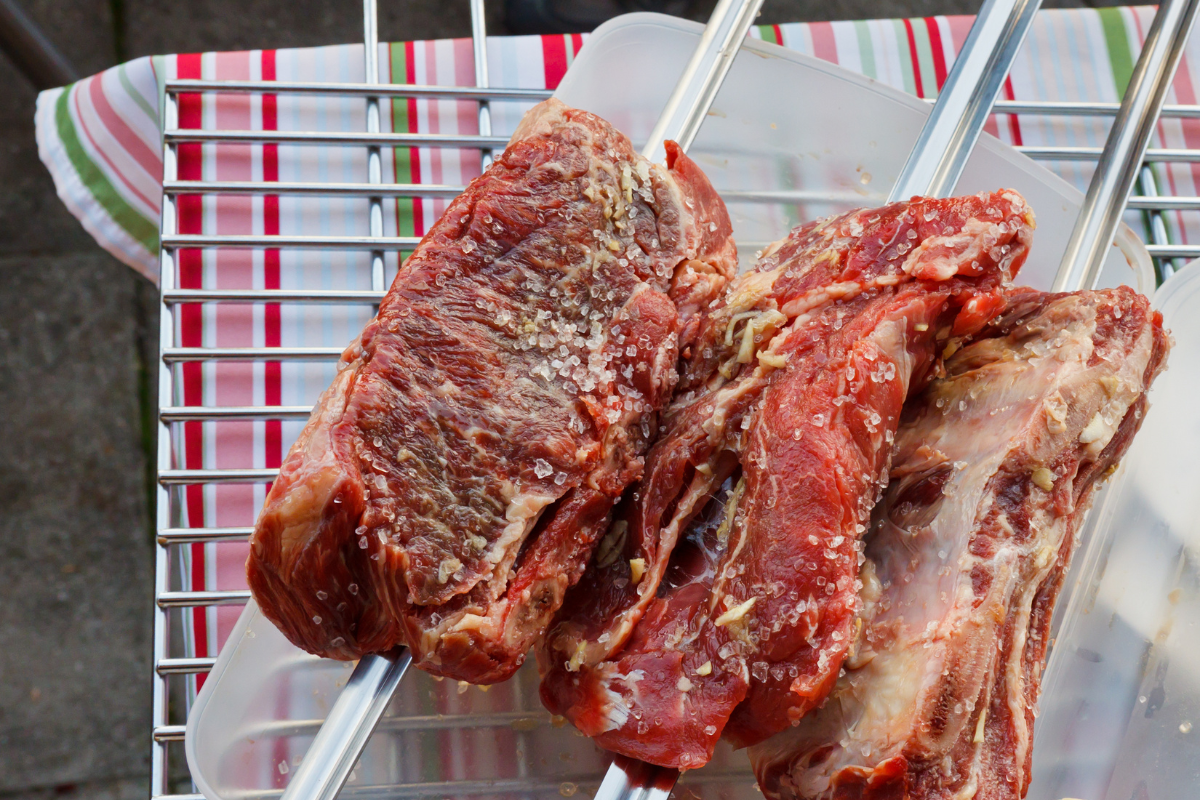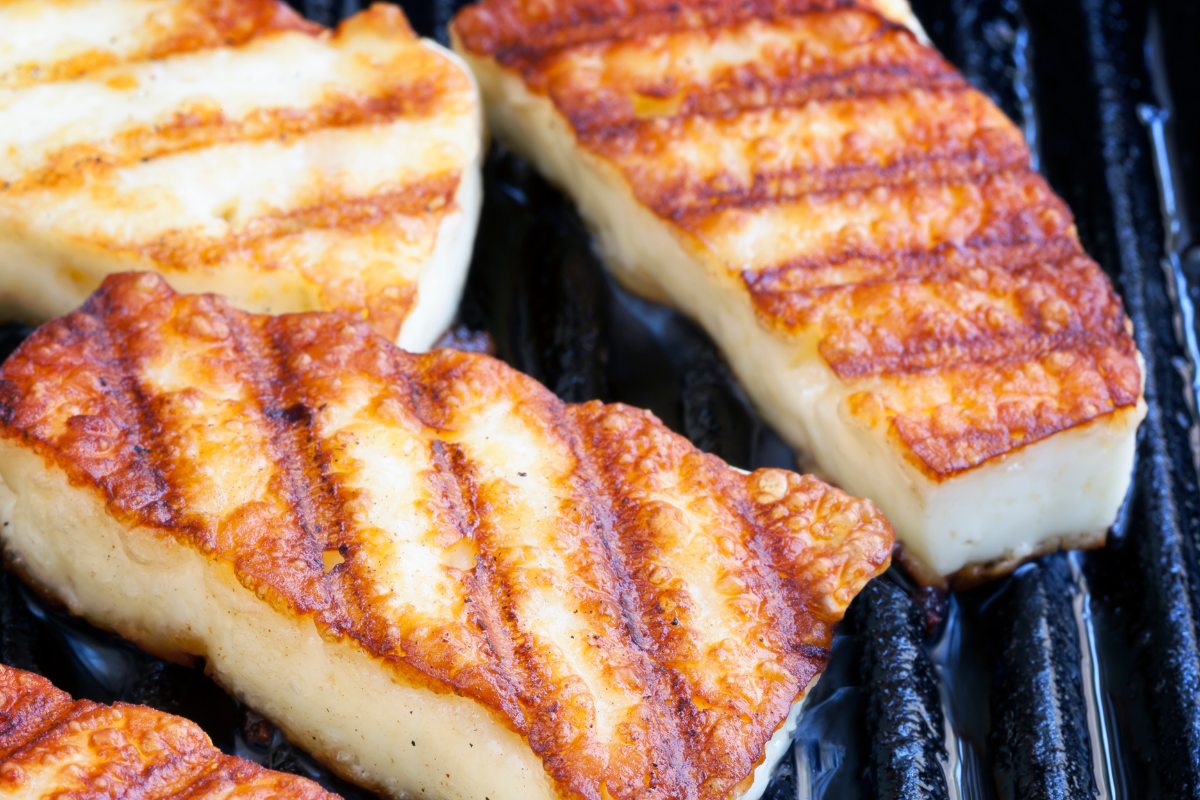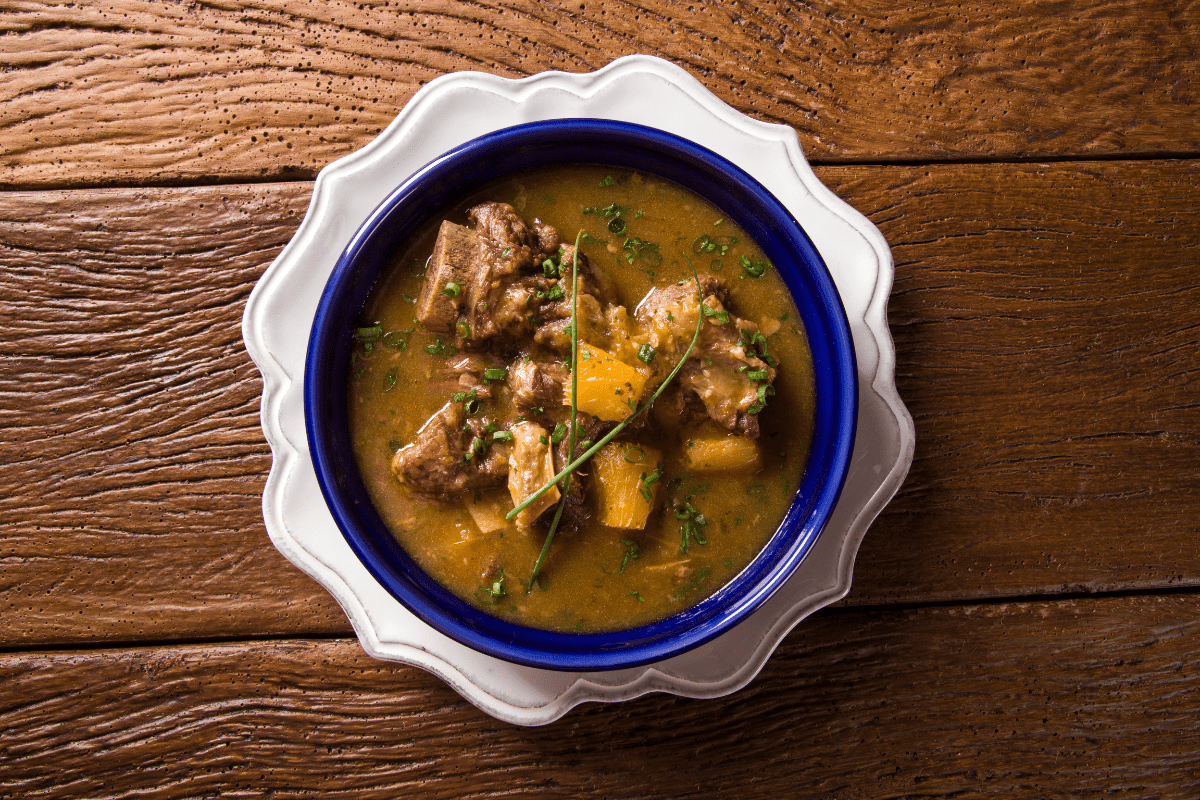Baked Ham and Cheese Sandwiches
Every country seems to have its own spin on the grilled cheese sandwich, and Brazil is no exception. Like many of the country’s dishes, the Brazilian croque monsieur (aka bauru de forno) is “extra”: extra gooey, extra cheesy, and extra delicious. What really sets Brazilian grilled cheese sandwiches apart is that they are baked in the oven under a layer of melty cheese sauce. The effect is similar to a savory French toast, or a croque monsieur casserole. However you describe it, it is comfort food at its finest. Add in the fact that it is so simple to make, and we are sure it will become a regular in your weeknight meals rotation.
What is a Croque Monsieur?
The croque monsieur is French in origin. It dates back to the early 20th century, when it was served as a popular brasserie snack (and it still is!). “Croque” means “crunchy,” a nod to the dish’s toasty texture. The ingredients vary according to region, but it must always have at least bread, ham, and melted cheese (traditionally gruyere). If it is topped with an egg (fried or poached), it is called a “croque madame.”
Our Brazilian croques are similar to a variation known as “croque provencal,” which also features fresh tomatoes. We add a little oregano for an herbaceous layer that pairs very well with the mozzarella cheese.
Croque Monsieur Sauce
Traditional croque monsieur sandwiches may be served with or without a simple bechamel sauce made from butter, flour, salt, pepper, cream or milk, and a dash of nutmeg. The Brazilian croque monsieur also incorporates a similar sauce, but we substitute the nutmeg with a little dijon mustard for some earthy umami flavor.
In some recipes, you do not need to make a bechamel at all. The “sauce” is made without heat by whisking together heavy cream, mayonnaise, and mustard. This is also delicious and helps a golden crust to form over the top of the sandwiches, thanks to the eggs in the mayo. In the interest of cutting a few calories, however, we are substituting this version with a bechamel made with skim milk.
Cheese in Brazilian Croque Monsieurs
Again, the traditional cheese used in French croque monsieurs is gruyere, or sometimes emmental. Brazilians favor mozzarella and parmesan, which are also used in another favorite snack: the ubiquitous Brazilian cheese bread.
You can use whatever kind of cheese you like, as long as it’s a good melter. If you’re looking for a more authentic bauru de forno, however, stick with the mozzarella.
Brazilian Croque Monsieur Recipe
Ingredients:
For 4 sandwiches:
8 slices of white bread, crusts removed
½ pound of thin sliced deli ham
8 slices slices of sliced mozzarella cheese (provolone is good, too)
1 large steak tomato, sliced
½ cup shredded mozzarella or parmesan
Dried oregano
For the Sauce:
2 tablespoons butter
2 tablespoons flour
10 oz skim milk
1 tablespoon dijon mustard
½ tsp salt
Pepper
Directions:
- Preheat the oven to 375 degrees fahrenheit.
- Assemble your sandwiches. On one slice of bread, put one slice of cheese, then one fourth of the ham. Top with a second slice of cheese, one or two slices of tomato, a pinch of dried oregano, and another piece of bread. Repeat for the remaining three sandwiches.
- Put the four assembled sandwiches in a casserole or other oven safe dish.
- In a small saucepan, melt the butter over medium heat. Stir in the flour and cook for two minutes. Add in the salt and a few grinds of fresh black pepper. Slowly whisk in the milk, turning the heat up to a boil. When the sauce has thickened, stir in the dijon mustard.
- Pour the sauce over your sandwiches in the casserole dish.
- Sprinkle the shredded mozzarella over the sandwiches and sauce.
- Bake, uncovered, in the oven until the cheese is bubbly and golden brown.
Enjoy!

